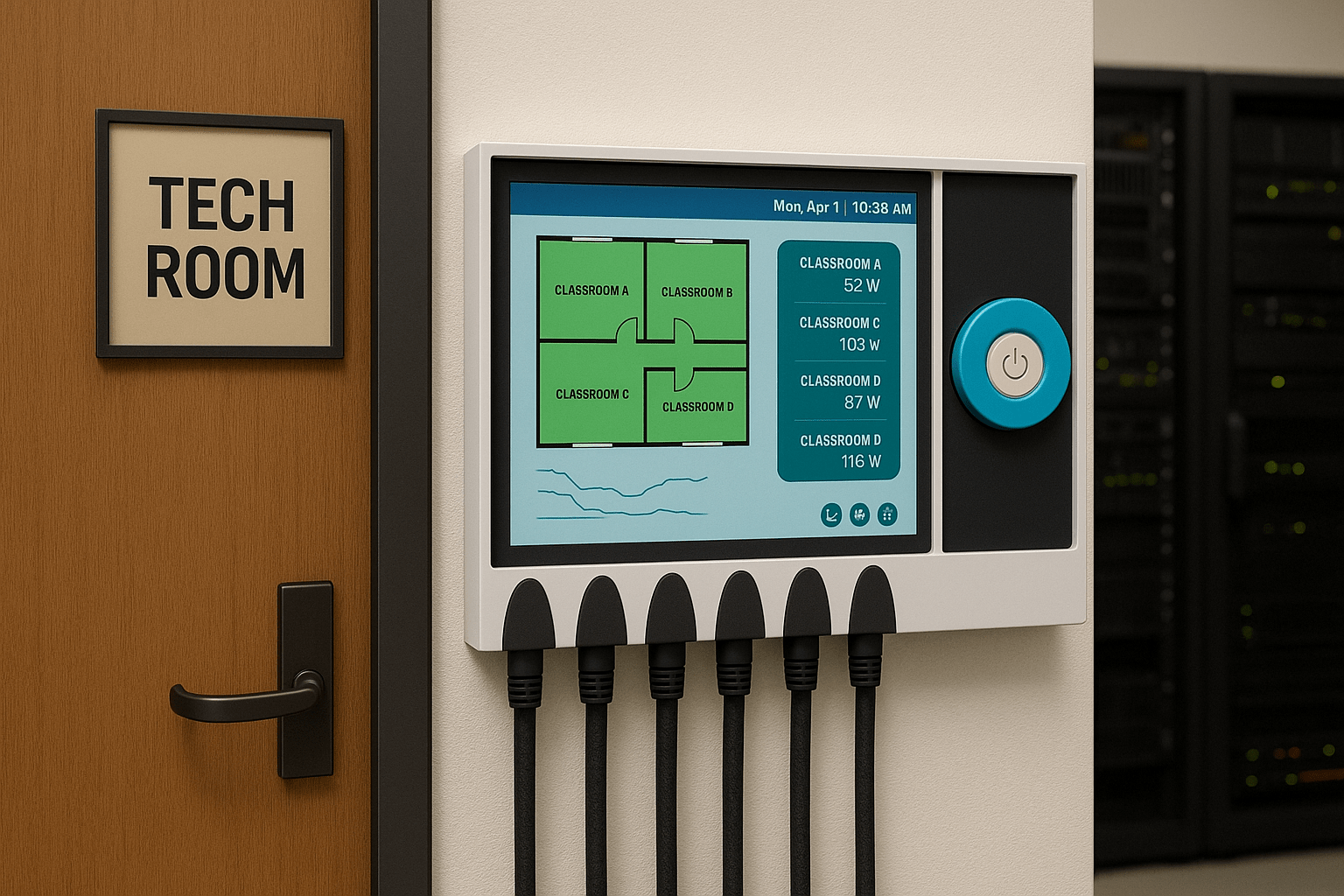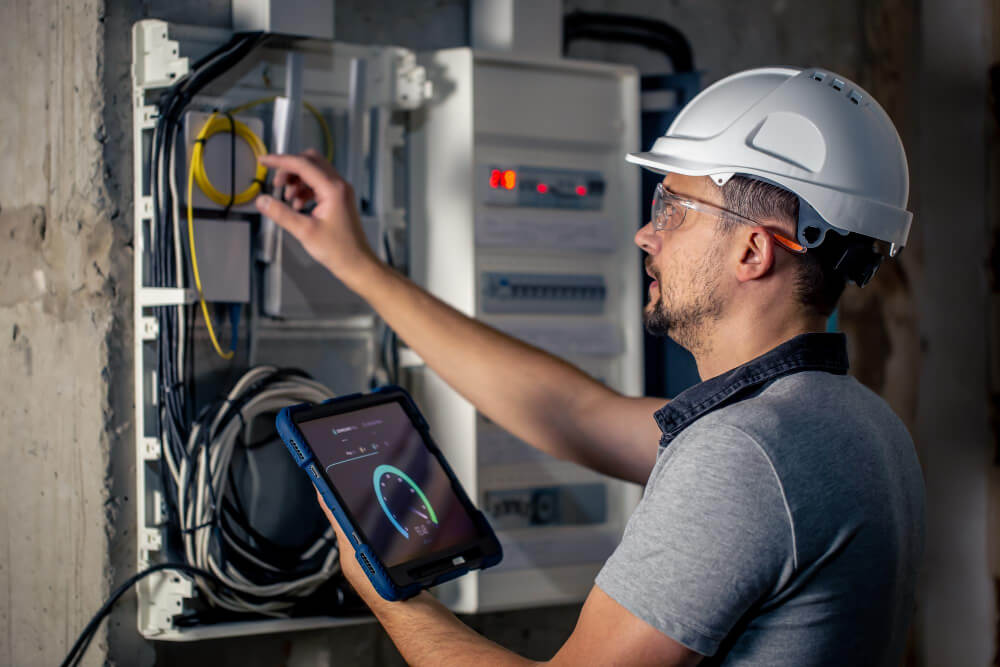
E Power driving intelligent circuit protection
The destiny of electric infrastructure is not only measured in terms of efficiency in energy but also in the way systems respond to faults in a safe manner. Traditional protection devices, such as fuses and breakers, are bound in design, they will respond upon sensing a fault and not monitor preemptively. When electrical loads are increasing and grid networks are emerging, such an approach is insufficient.
E Power introduces a new paradigm with intelligent circuit protection, a technology-based process that combines sensors, real-time monitoring, and automation. Instead of responding to unexpected spikes, the system searches continuous streams of data for tiny anomalies that could lead to failure. With these functions built into distribution boxes and connected to larger networks, E Power also enables seamless smart grid integration For Canada, where energy sustainability and safety are twin issues, this is not so much an upgrade of a product as it is a scientific and strategic revolution in building management.
Science of Intelligent Circuit Protection
Intelligent circuit protection relies on electrical theory of current flow, fault tolerance, and resistance. Amperage spikes only are what old-fashioned breakers look for, while advanced ones incorporate thermal, infrared, and voltage-sensing technologies. These methods E Power combines, so faults caused by slow heating or micro-arcs will be caught early.
With embedded processors, the system compares parameters continually to predictive models. This is similar to fault-tolerant systems research, where proactive analysis is the key to preventing cascading failures. Intelligent circuit protection by E Power creates a safety net with multiple layers beyond response to real-time prevention.
Role of Smart Grid Integration
The arrival of renewable energy, distributed generation, and smart power networks requires smart grid integration at all levels of infrastructure. Buildings are no longer passive consumers; they are active nodes within the grid. This requires monitoring and communication between the local distribution and central systems.
E Power bridges this gap by offering two-way data exchange. With smart grid integration, real-time temperature data, current stability data, and probability of faults are shared across platforms. This helps utilities to forecast threats not only at the grid level but even at plant level. For Canadian cities looking towards energy resiliency, this capability is a key scientific and operational advantage.
Canadian Energy Context and Safety Needs
In Canada, growing demand for electrification, driven by heating, electric cars, and renewable energy integration, has put pressure on the distribution networks. The aging electrical grid in the country adds to this pressure, and higher chances of failures occur. Intelligent circuit protection becomes the hour of need under these circumstances.
E Power directly addresses this need through the use of science-based monitoring at the building level and placing smart grid integration in line with national energy goals. The twofold benefit is apparent: enhanced building-level security and grid-level stability. This alignment with Canadian priorities makes E Power a strategic market fit.
Data-Driven Algorithms and Predictive Safety
Intelligent circuit protection has algorithms at its core. By processing thermal curves, resistance trends, and voltage fluctuations, E Power predicts fault conditions before they happen. This predictive capability does away with false alarms while ensuring that actual hazards trigger timely intervention.
Paired with smart grid integration, the predictive models reach beyond buildings. Data is fed into regional analytics to allow utilities to balance loads, forecast outages, and prevent fire risks. This two-tiered protection, both local and grid, represents a new scientific paradigm in electrical engineering: incorporating predictive intelligence directly into infrastructure.
Long-Term Strategic Implications
The combination of intelligent circuit protection with smart grid integration has implications extending beyond the realm of safety. It supports Canada’s transition to sustainable energy by ensuring reliability even as renewables create greater variability in supply. Structures equipped with E Power do not just safeguard individuals but also act as cooperative nodes within the national energy grid.
Strategically, this represents the science of translating technological advances in sensing, monitoring, and algorithmic design into market-ready solutions. For policymakers and property owners nationwide in Canada, this is the convergence of safety, sustainability, and economic efficiency, driven by applied science.
Conclusion
The inherent limitations of traditional fuses and breakers introduce the necessity for an improved practice of electrical safety. E Power fulfills the need with smart circuit protection, a technology founded on advanced sensing and predictive algorithms. By identifying dangers prior to them being problems, it provides building-level resiliency.
As important, integration into smart grids ensures that safety intelligence is delivered to Canada’s entire energy infrastructure. Its assurance that it is aimed at aligning with the nation’s national sustainability and safety objectives constitutes a very crucial milestone in electrical modernization.
To Canadian engineers, policymakers, and property managers, E Power offers more than safety code compliance, it provides a science-driven method of future-proofing infrastructure. By embedding predictive intelligence into circuits and connecting them to the smart grid, the system delineates the future of building and grid safety.



